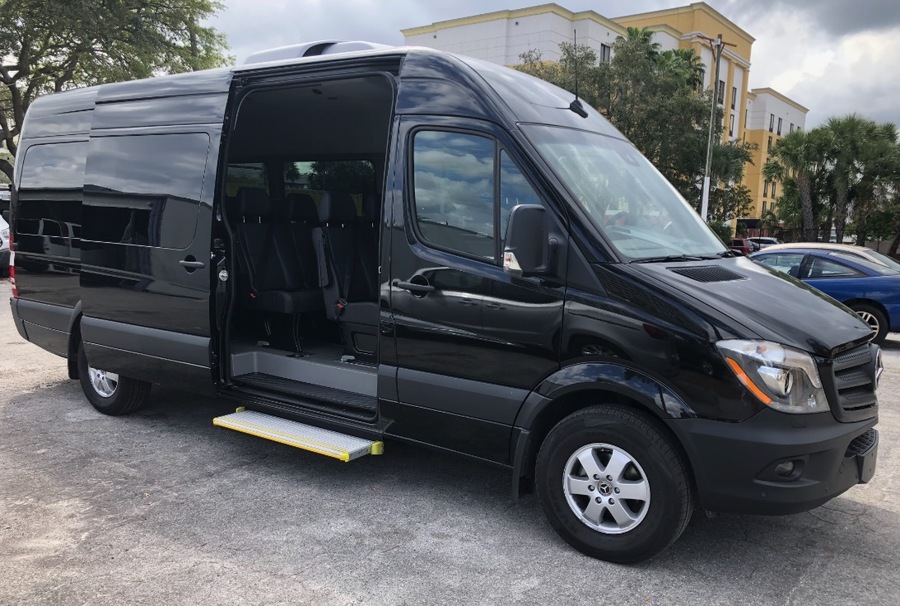The evolution of van rentals reflects broader changes in transportation, technology, and consumer demands. Vans have undergone significant transformations from their utility origins to their current status as luxury options. Understanding this history provides insights into the rental industry’s development and future trends.
Early Beginnings
Vans initially served as practical solutions for transporting goods and equipment. The first vans were designed for utility, focusing on durability and cargo space. Early adopters included small businesses and tradespeople who needed reliable transportation for their tools and products. The demand for such vehicles led to the emergence of the first van rental services.
One of the pioneers in this sector was Hertz, established in 1918. Initially, Hertz focused on rental cars, but the company soon recognized the need for larger vehicles. This led to the inclusion of vans in their fleet, providing businesses with short-term solutions for their transportation needs.
The impact of World War II further accelerated the development of vans. Military logistics required robust and versatile vehicles, leading to innovations in design and functionality. Post-war, these advancements trickled down to the civilian market, increasing the availability and variety of vans for rental purposes.
Post-War Expansion
The economic boom following World War II saw a rise in consumer spending and business activities. This period marked the expansion of van rental services as more companies entered the market. Businesses and individuals alike saw the benefits of renting vans for various needs, from moving goods to family travel.
Technological advancements during this time improved van design. Features such as enhanced suspension systems and better fuel efficiency made vans more reliable and cost-effective.
The 1980s and 1990s
During the 1980s and 1990s, the van rental market diversified. Rental companies began offering specialized vans for different purposes, such as moving, leisure travel, and commercial use. The introduction of minivans was particularly significant. These vehicles, smaller than traditional vans but larger than cars, became popular for family vacations and group travel.
Marketing strategies during this period targeted various demographics. Rental companies emphasized the convenience and flexibility of renting a van, appealing to families, small businesses, and travelers. This diversification helped solidify the van’s role in the rental industry.

Transition to Luxury
As the market matured, a new segment emerged: luxury van rentals. Recognizing a demand for high-end transportation options, rental companies began offering vans with premium features. These included leather interiors, advanced entertainment systems, and additional amenities to provide a comfortable and upscale experience.
The target audience for luxury vans included business executives, celebrities, and affluent travelers seeking a blend of space and luxury. Companies like Dream Car Rental capitalized on this trend, offering top-of-the-line vans with the latest technology and luxury features.
Modern Van Rentals
Today, van rentals continue to evolve. Current trends include adopting electric and hybrid vans, reflecting a broader push towards sustainability. Electric vans offer benefits such as lower emissions and reduced operating costs, making them attractive options for both businesses and environmentally conscious consumers.
Customization options have also expanded. Customers can now personalize their rental experience, choosing specific features and configurations to meet their needs. This level of customization enhances the appeal of renting a van for diverse purposes.

Future of Van Rentals
Looking ahead, several innovations are expected to shape the van rental industry. Autonomous driving technology is likely to play a significant role, offering the potential for self-driving rental vans. This could revolutionize the market, providing even greater convenience and efficiency.
Market projections indicate continued growth for the van rental sector. According to a report by Grand View Research, the global car rental market, including vans, is expected to reach USD 124.56 billion by 2027. This growth will be driven by increasing demand for mobility solutions and advancements in vehicle technology.
Conclusion
The history of van rentals showcases a remarkable journey from utility vehicles to luxury transport options. This evolution has been driven by changing consumer needs, technological advancements, and market dynamics. Understanding this history helps us appreciate the current state of the industry and anticipate future developments. Companies like Dream Car Rental exemplify how adapting to trends and consumer preferences can lead to success in this competitive market. For more information on car and van rentals, visit the Australian Government’s official travel website.

Hiking addict, vegan, fender owner, Eames fan and brand builder. Working at the nexus of simplicity and intellectual purity to answer design problems with honest solutions. Concept is the foundation of everything else.
